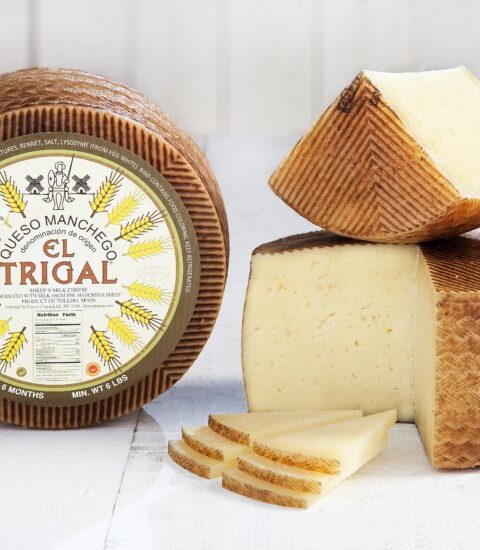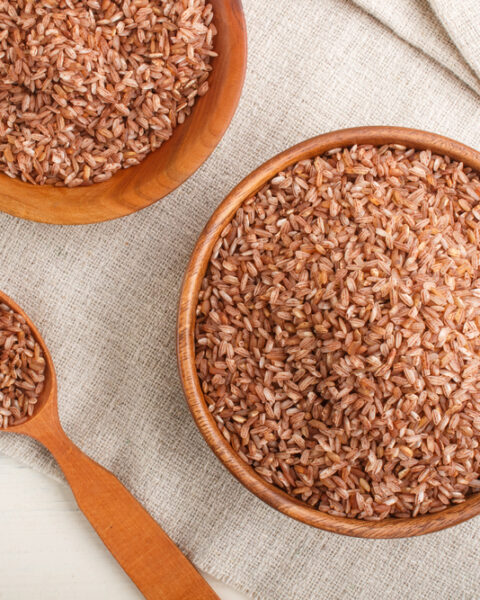You know how sometimes people have strong opinions about certain foods, even though they’ve never actually tasted them? It’s funny how that works, right? We’ve all been there—judging a dish just by how it looks, smells, or even based on what others say. But often, these foods turn out to be quite different from what we expected, sometimes even becoming favorites once we finally give them a chance. This list dives into those foods that many folks swear they hate, even though they’ve never actually tried them. It’s a mix of strange, misunderstood, and downright surprising items that people are quick to turn down without ever giving them a real shot. Maybe you’ll see something on this list that makes you rethink your own food “no-go” list!
Contents
- 1 Oysters
- 2 Sardines
- 3 Brussels Sprouts
- 4 Anchovies
- 5 Blue Cheese
- 6 Tofu
- 7 Spam
- 8 Avocado
- 9 Haggis
- 10 Escargot
- 11 Liver
- 12 Caviar
- 13 Sea Urchin (Uni)
- 14 Kimchi
- 15 Vegemite
- 16 Natto
- 17 Black Pudding
- 18 Durian
- 19 Tripe
- 20 Century Egg
- 21 Sashimi
- 22 Okra
- 23 Sweetbreads
- 24 Marmite
- 25 More From RetailShout
- 26 12 Traditional Frostings and Fillings That Elevate Any Cake
- 27 10 Simple Ways to Create a More Sustainable Kitchen
Oysters
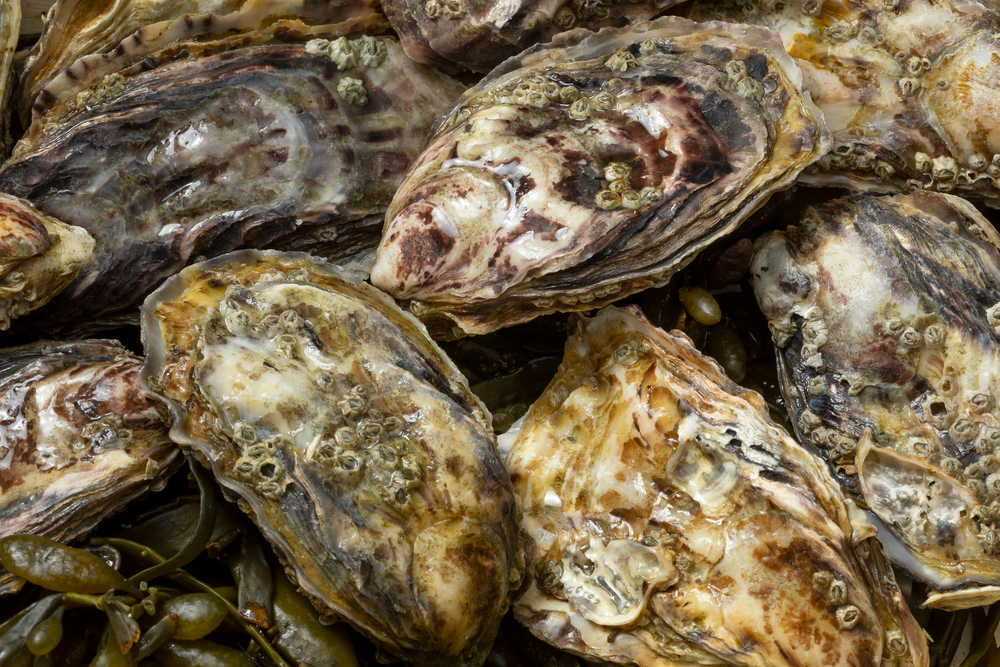
Oysters often evoke strong reactions due to their slimy texture and the idea of eating something raw. Many people are turned off by the briny taste and the way they are served. However, oysters are a delicacy enjoyed in many cultures, especially when paired with the right condiments. The hesitation to try them is largely rooted in their appearance and texture, which can seem unappetizing to the uninitiated. Despite this, those who overcome their initial reluctance often find oysters to be a complex and enjoyable experience. They are also packed with nutrients, making them a healthy choice for those who do try them.
Sardines

Sardines are often disliked because of their strong smell and the fact that they are typically eaten whole, including the bones. This small, oily fish is a common component of Mediterranean diets, but many people avoid them due to preconceived notions about their taste and texture. Sardines are rich in omega-3 fatty acids, which are beneficial for heart health. The strong taste can be off-putting to those unfamiliar with them, yet sardines are celebrated for their versatility in cooking. Despite their bad reputation, those who do give them a chance often appreciate their unique flavor and nutritional benefits.
Brussels Sprouts

Brussels sprouts have long been one of the most hated vegetables, often due to the way they were traditionally prepared—boiled until mushy. The bitterness associated with poorly cooked Brussels sprouts has led to a widespread dislike. However, when roasted or sautéed, Brussels sprouts develop a sweet, nutty flavor that is far from the soggy side dish many remember from childhood. This vegetable is rich in vitamins and can be a delicious addition to meals when prepared correctly. Overcoming the childhood memory of overcooked sprouts can reveal a surprisingly tasty and nutritious vegetable.
Anchovies

Anchovies are notorious for their intense, salty flavor, which is why many people avoid them without ever tasting them. Often associated with pizza toppings, anchovies can be divisive, with their strong flavor overwhelming for some. Despite their bad reputation, anchovies are a staple in many cuisines, especially Mediterranean, where they are used to add depth to sauces and dressings. They are packed with umami, a savory taste that can elevate dishes when used sparingly. Those who are willing to try anchovies often find them to be a unique and flavorful addition to their culinary repertoire.
Blue Cheese
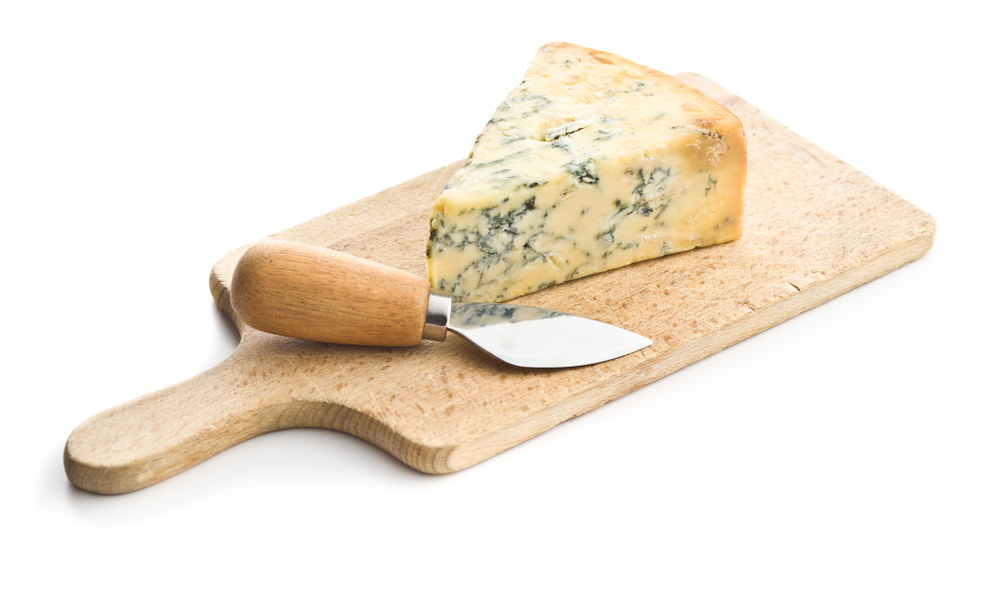
The pungent smell of blue cheese is enough to make many people swear off trying it. The presence of mold, which gives blue cheese its characteristic veins, can be a major turn-off. However, blue cheese is beloved by many for its sharp, tangy flavor and creamy texture. It is often paired with fruits, nuts, and wines to balance its strong taste. Despite its divisive nature, blue cheese can add a rich flavor to salads, burgers, and pasta dishes. For those who can get past the smell, blue cheese offers a complex and enjoyable tasting experience.
Tofu
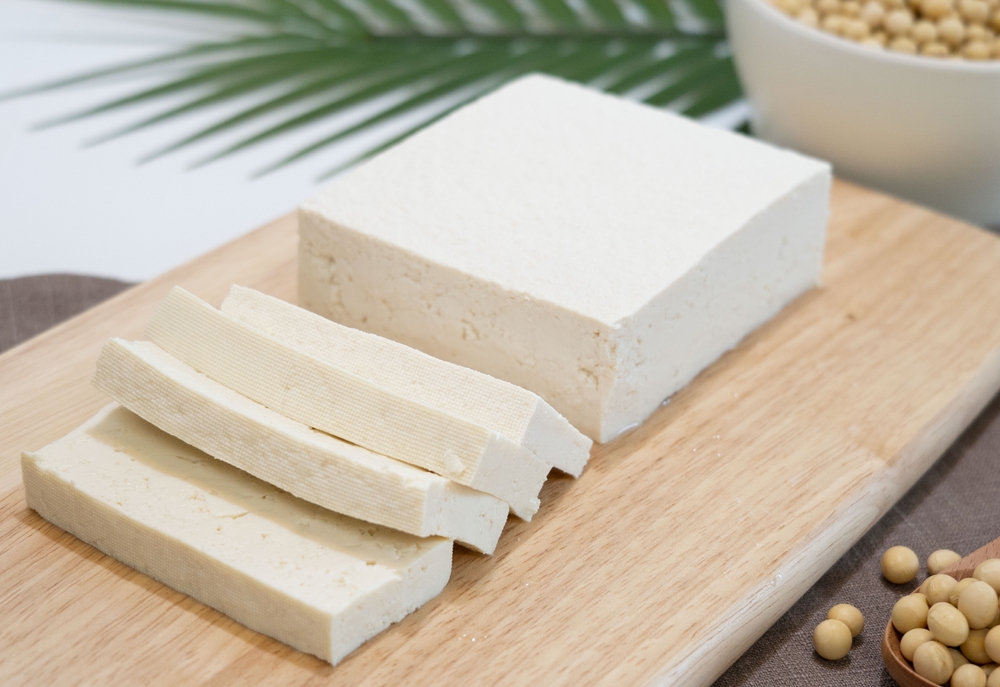
Tofu is often dismissed as bland and unappetizing by those who have never tried it. Its spongy texture and lack of flavor can be off-putting, especially when compared to more flavorful protein options. However, tofu is a versatile ingredient that absorbs the flavors of the dishes it’s cooked with, making it a staple in many Asian cuisines. It’s also a great source of plant-based protein, making it popular among vegetarians and vegans. When prepared properly, tofu can be delicious and satisfying, but its plain appearance often deters people from giving it a chance.
Spam

Spam is a canned meat product that has a reputation for being overly processed and unhealthy, which deters many from trying it. The idea of eating something that comes in a can, combined with its gelatinous texture, makes Spam unappealing to some. Despite this, Spam is incredibly popular in places like Hawaii and the Philippines, where it’s considered a comfort food. It’s versatile, inexpensive, and can be fried, baked, or eaten straight from the can. For those who do try it, Spam often surprises with its salty, savory flavor that pairs well with rice, eggs, and vegetables.
Avocado
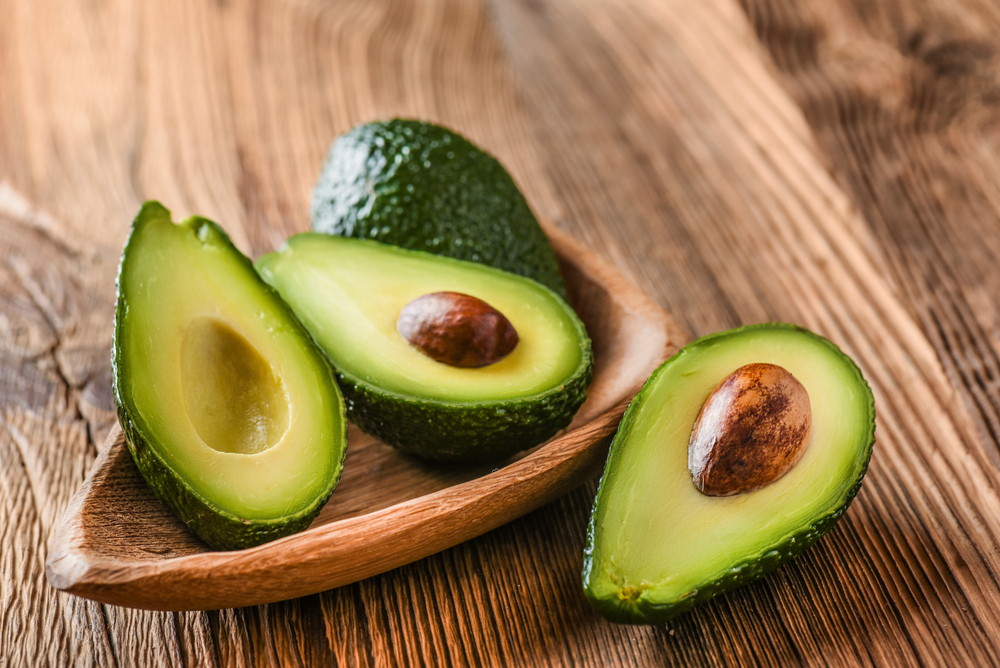
Avocado is often disliked due to its creamy texture, which can be off-putting to some. The mild flavor of avocado can seem bland, especially to those who are used to more robust tastes. Despite its popularity in dishes like guacamole and avocado toast, there are still many who refuse to try it. Avocados are rich in healthy fats and nutrients, making them a superfood. They can be used in both sweet and savory dishes, offering a versatile ingredient that enhances the flavor of many meals. Once tasted, many people find the creaminess of avocado to be a delightful addition to their diet.
Haggis

Haggis, a traditional Scottish dish made from sheep’s organs, is often rejected outright due to its ingredients. The idea of eating offal, or internal organs, is unappealing to many, especially those unfamiliar with the dish. Haggis has a rich, savory flavor and is traditionally served with mashed potatoes and turnips. Despite its daunting description, haggis is celebrated in Scotland and is an essential part of Burns Night celebrations. For those willing to try it, haggis offers a hearty and flavorful experience. However, its reputation as a “weird” food often keeps people from giving it a chance.
Escargot
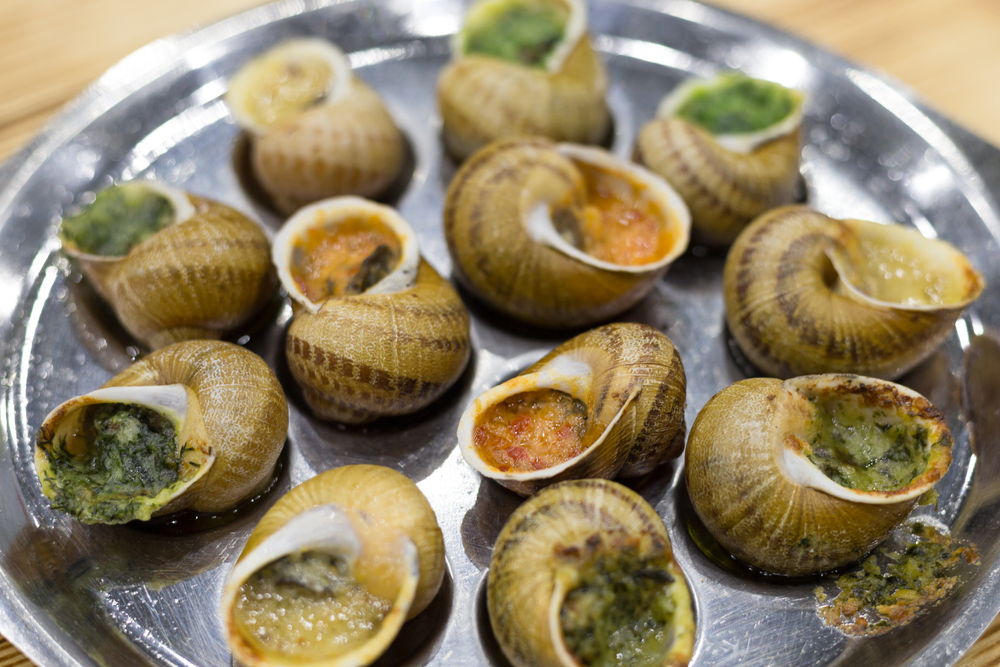
Escargot, or snails, are often dismissed as disgusting before people even consider trying them. The thought of eating snails can be repulsive to those who are not accustomed to French cuisine. However, escargot are typically prepared with garlic, butter, and parsley, which give them a rich and savory flavor. The texture of escargot is often compared to that of mushrooms, offering a chewy and satisfying bite. Despite their unappealing reputation, escargot are considered a delicacy in many parts of the world. For those who overcome their initial hesitation, escargot can be a surprisingly enjoyable dish.
Liver

Liver is often avoided due to its strong, metallic taste and the fact that it is an organ meat. The texture of liver can also be off-putting, especially if it is overcooked. Despite this, liver is incredibly nutritious, offering high levels of iron, vitamin A, and other essential nutrients. It is used in many traditional dishes around the world, from pâté in France to liver and onions in the United States. When prepared correctly, liver can be tender and flavorful, but its reputation as a “gross” food keeps many from trying it.
Caviar
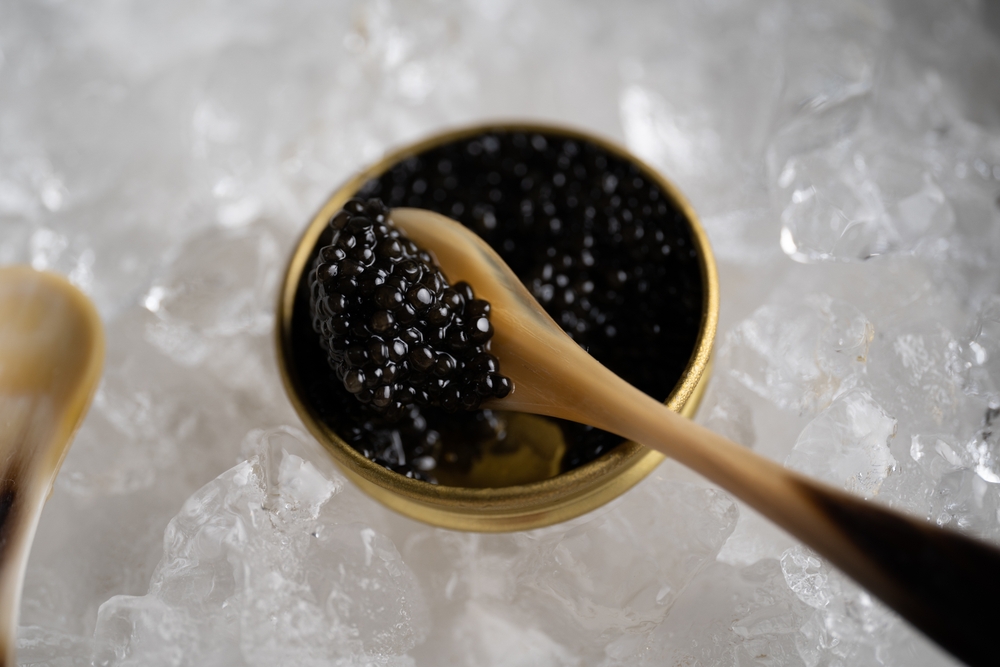
Caviar, or fish eggs, is often seen as a luxury item, but its appearance and texture can deter people from trying it. The idea of eating fish eggs can be unappealing, and the salty, briny flavor of caviar is not for everyone. Despite this, caviar is a delicacy enjoyed by many around the world, often served on crackers or with blinis and crème fraîche. The tiny eggs pop in the mouth, releasing their rich flavor, which is prized by connoisseurs. While caviar may not appeal to everyone, those who do try it often appreciate its unique taste and luxurious feel.
Sea Urchin (Uni)
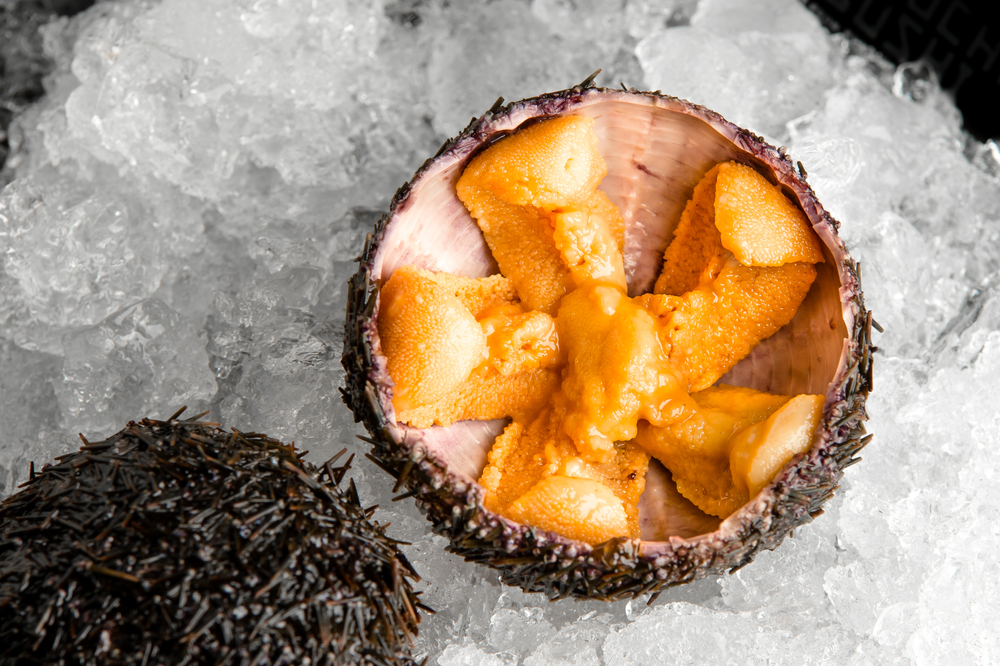
Sea urchin, known as uni in Japanese cuisine, is often avoided due to its appearance and the idea of eating something that looks so unusual. The texture of sea urchin is creamy, with a briny, slightly sweet flavor that is unlike anything else. Despite its divisive nature, sea urchin is a delicacy in many parts of the world, particularly in Japan, where it is often served as sushi. The rich, buttery taste of sea urchin is highly prized, but its appearance and texture can be off-putting to first-timers. For those who try it, sea urchin offers a unique and indulgent culinary experience.
Kimchi

Kimchi is a traditional Korean dish made from fermented vegetables, usually cabbage and radishes, with a strong, spicy flavor. The smell and appearance of kimchi can be off-putting to those unfamiliar with it, leading many to avoid it without ever trying it. Despite this, kimchi is a staple in Korean cuisine and is known for its health benefits, including its probiotic properties. The spicy, tangy flavor of kimchi can be an acquired taste, but it is beloved by many who appreciate its complexity. For those willing to try it, kimchi offers a flavorful and healthy addition to meals.
Vegemite

Vegemite, a dark brown paste made from brewer’s yeast extract, is a staple in Australian cuisine but is often met with disdain by those who have never tried it. The strong, salty flavor of Vegemite is a shock to many, especially if they are not used to such intense tastes. It is typically spread thinly on toast with butter, and is beloved by many Australians. Despite its polarizing taste, Vegemite is rich in B vitamins and has a unique flavor that is difficult to replicate. Those who try Vegemite often find that it is an acquired taste, but one that can be appreciated over time.
Natto

Natto is a traditional Japanese food made from fermented soybeans, known for its strong smell, sticky texture, and acquired taste. The appearance of natto, with its stringy, sticky consistency, can be unappetizing to those unfamiliar with it. Despite this, natto is rich in protein and probiotics, making it a healthy food choice. It is typically eaten with rice and is considered a breakfast food in Japan. The strong flavor and unique texture of natto make it a divisive food, but those who try it often come to appreciate its health benefits and distinctive taste.
Black Pudding
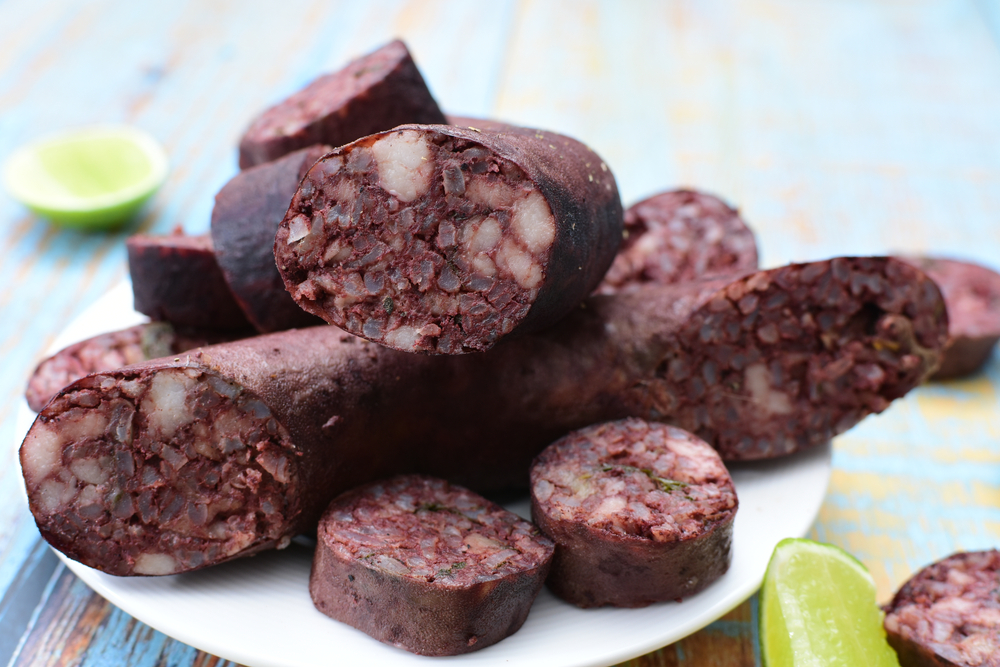
Black pudding, also known as blood sausage, is often avoided due to its main ingredient—animal blood. The dark color and idea of eating blood can be off-putting, leading many to reject black pudding without trying it. Despite this, black pudding is a traditional dish in many countries, including the UK and Ireland, where it is often served as part of a full breakfast. It has a rich, savory flavor and a firm texture, which pairs well with eggs and toast. For those who are willing to try it, black pudding can be a delicious and hearty addition to meals.
Durian
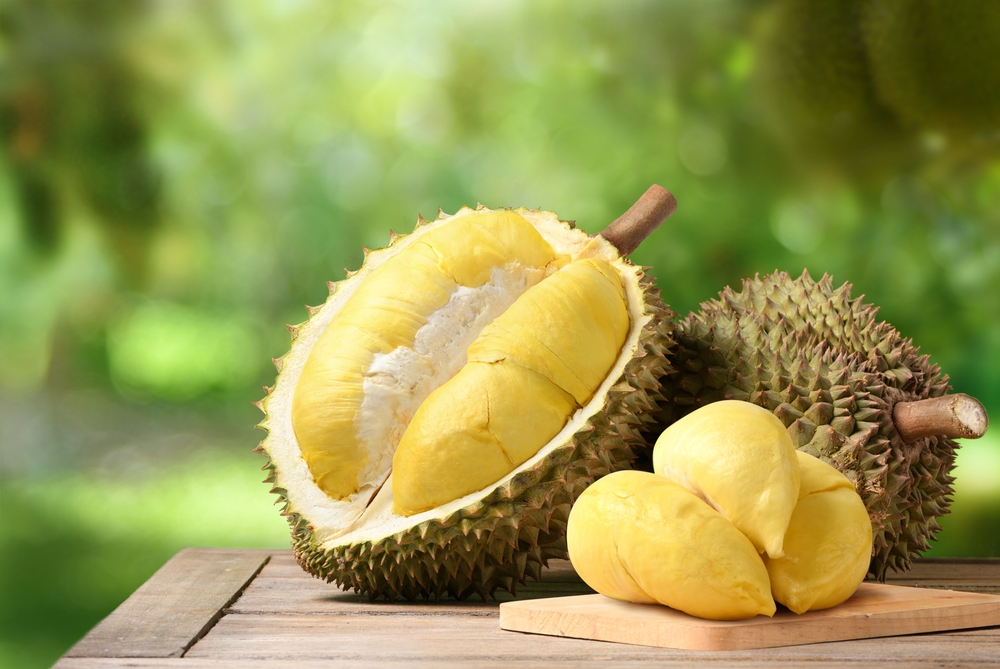
Durian is a tropical fruit known for its strong odor, which is often compared to rotten onions or sewage. The smell alone is enough to deter many people from trying durian, despite its popularity in Southeast Asia. Despite its pungent odor, durian has a creamy texture and a sweet, custard-like flavor that is beloved by many. The contrast between its smell and taste makes durian a unique culinary experience. For those who can get past the smell, durian offers a rich and flavorful fruit that is unlike any other. It is often referred to as the “king of fruits” in the regions where it is grown.
Tripe

Tripe, the stomach lining of a cow or other ruminant, is often rejected due to its chewy texture and the idea of eating an internal organ. The look of tripe can be unappealing, leading many to avoid it without ever tasting it. Despite this, tripe is used in many traditional dishes around the world, from Mexican menudo to Italian trippa alla romana. When cooked properly, tripe is tender and absorbs the flavors of the dish it is cooked in. For those who try it, tripe can be a flavorful and hearty ingredient, but its appearance and texture can be a barrier for many.
Century Egg
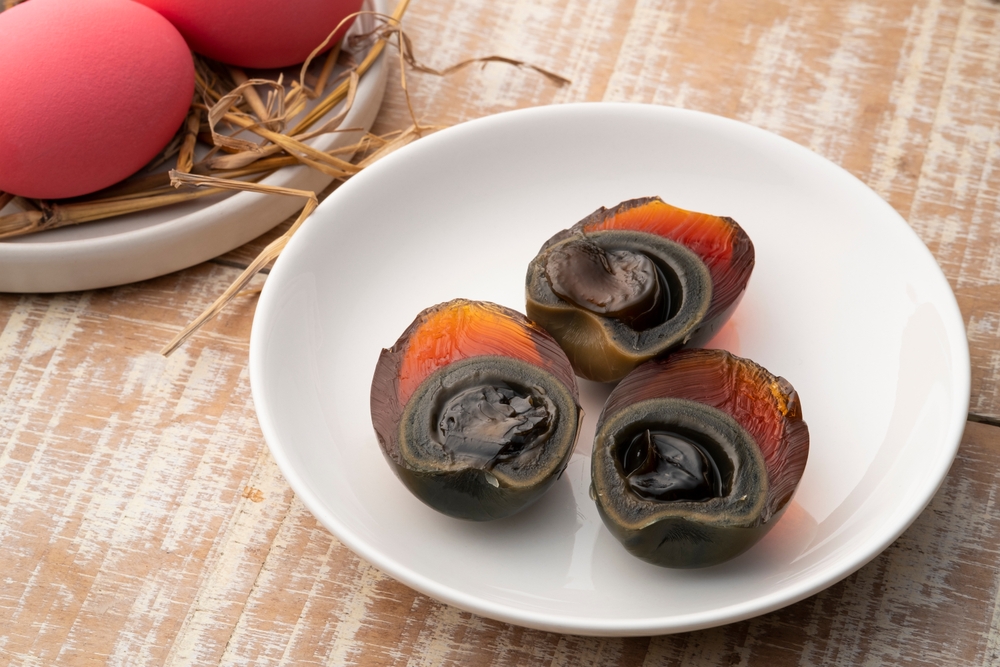
Century egg, a Chinese delicacy made by preserving eggs in a mixture of clay, ash, and salt, is often avoided due to its appearance and strong flavor. The egg yolk turns dark green or black, while the white becomes a translucent brown, which can be unappetizing to those unfamiliar with it. Despite its unusual appearance, century egg has a rich, creamy texture and a strong, savory flavor that is beloved in Chinese cuisine. It is often eaten with congee or as part of a cold dish. For those willing to try it, century egg offers a unique and flavorful experience, but its appearance and smell can be off-putting.
Sashimi
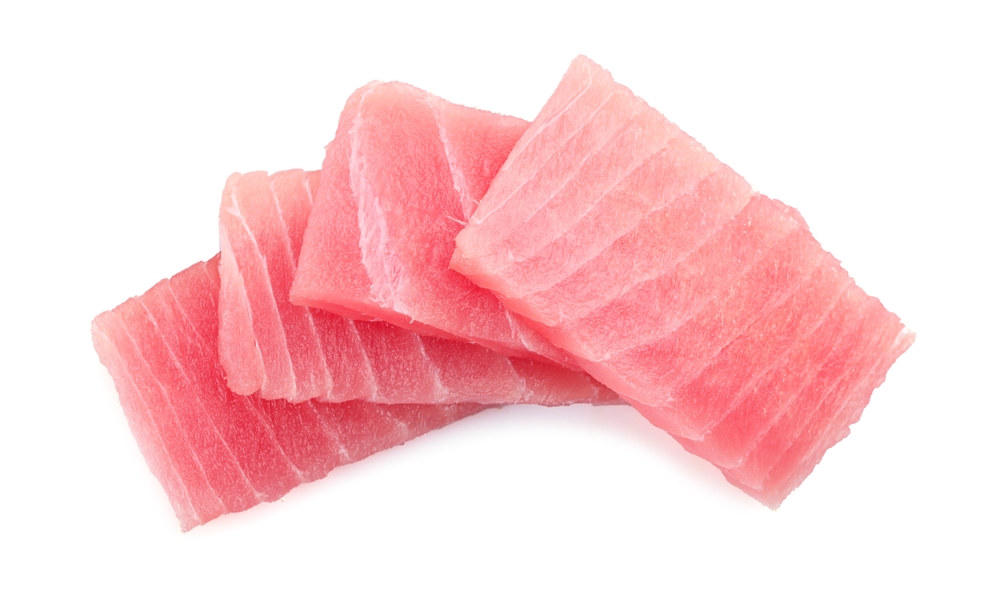
Sashimi, thinly sliced raw fish, is often rejected by those who are uncomfortable with the idea of eating raw food. The texture of raw fish can be off-putting, especially if it is something people are not used to. Despite this, sashimi is a delicacy in Japanese cuisine, celebrated for its freshness and simplicity. The flavor of sashimi is delicate, and it is often served with soy sauce and wasabi to enhance its taste. For those who try it, sashimi offers a pure and fresh eating experience, but the idea of eating raw fish can be a barrier for many.
Okra

Okra is often disliked due to its slimy texture, which can be unappetizing to some people. This vegetable is a staple in Southern cooking and is often used in dishes like gumbo. Despite its reputation, okra can be prepared in ways that minimize its sliminess, such as frying or grilling. Okra is rich in fiber and vitamins, making it a healthy addition to meals. For those willing to try it, okra can be a versatile and tasty vegetable, but its texture often deters people from giving it a chance.
Sweetbreads

Sweetbreads, which are the thymus or pancreas of a calf or lamb, are often avoided due to their origin and texture. The idea of eating an organ meat can be unappealing, especially if one is unfamiliar with it. Despite this, sweetbreads are considered a delicacy in many cuisines, particularly in French cooking, where they are often sautéed or grilled. They have a rich, creamy texture and a mild flavor that pairs well with a variety of sauces. For those who try them, sweetbreads can be a delicious and luxurious dish, but their origin and appearance can be off-putting to many.
Marmite

Marmite, a yeast extract spread similar to Vegemite, is often met with strong reactions due to its intense, salty flavor. The dark brown paste is typically spread thinly on toast, but its powerful taste can be a shock to those not used to it. Despite its divisive nature, Marmite is beloved by many in the UK, where it is often enjoyed as part of a simple breakfast. Marmite is rich in B vitamins and has a unique flavor that is difficult to replicate. For those willing to give it a try, Marmite offers a distinctive taste experience, but its strong flavor can be off-putting to first-timers.
This article originally appeared on RetailShout.
More From RetailShout
14 Trader Joe`s Recipes Using Seasonal Produce

When it comes to cooking, nothing beats fresh, seasonal produce—especially when you can grab it at Trader Joe’s! Good thing you can, and they also have the perfect recipes to match. Read More.
12 Traditional Frostings and Fillings That Elevate Any Cake

When it comes to baking, a cake is only as good as the frosting or filling that accompanies it. Whether you’re aiming for a smooth, creamy buttercream or a rich, indulgent ganache, the right topping can completely transform your cake. Read More.
10 Simple Ways to Create a More Sustainable Kitchen

A sustainable kitchen is more than a collection of green gadgets; it’s a lifestyle that embraces efficiency and environmental responsibility. Simple adjustments in daily habits can significantly reduce your carbon footprint. Read More.


